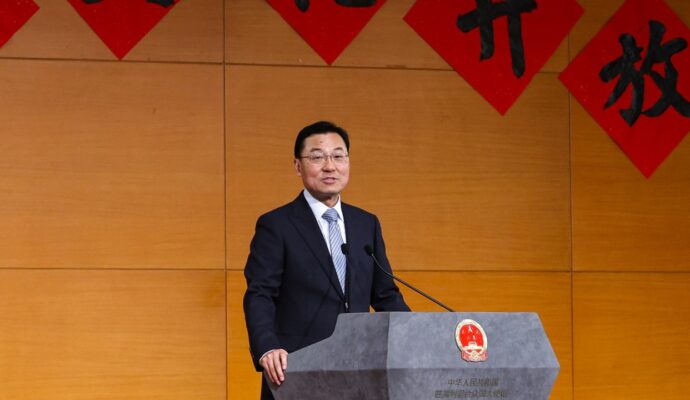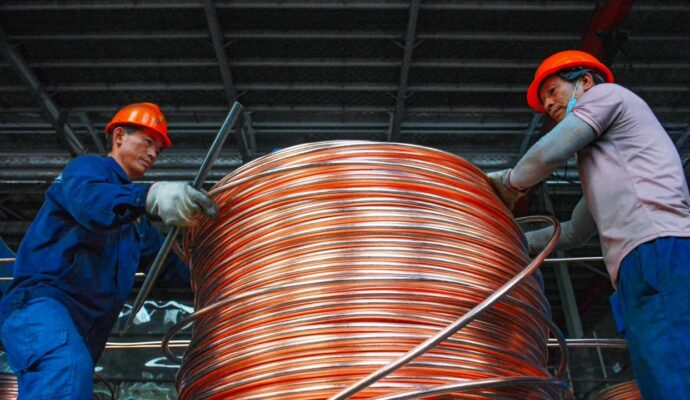Nonetheless, deteriorating finances across the country, particularly in its poorest provinces such as Guizhou, have raised the spectre of a looming local government debt crisis. Beijing sees the potential for a meltdown in China’s predominantly state-owned banking system as a “grey rhino” risk – big, obvious and neglected.
“The risk to China’s debt comes from its system,” said Mao Zhenhua, co-head of Renmin University’s Institute of Economic Research, at a seminar arranged by the university on July 12.
“We are different from some Western countries,” he explained. “We have a single administration system – a centralised system … this kind of system, in a way, deepens the reliance of local governments on central government finances.”
And when local governments fail to receive sufficient state help, basic services begin falling by the wayside.
In June, a government-owned transport company in Baoding, Hebei province, told residents that it had run out of funds to keep its buses operating at usual hours, so some routes were cancelled. A similar situation unfolded in February in Shangqiu, Henan province, affecting millions of commuters.
Meanwhile, fears continue to mount over possible defaults in the listed market by local government financing vehicles (LGFVs), hybrid entities that are both public and corporate and were created to skirt restrictions on local government borrowing and have proliferated since the global financial crisis in 2008.
Hu Hengsong, deputy general manager of Caida Securities, estimated that Chinese banks had roughly 30 to 40 per cent of their assets invested in LGFV bonds.
“I don’t think [bankruptcy] is a viable option for China’s financial sector,” Hu said at the same seminar. “Chinese banks will also have to go bankrupt … the implicit guarantee must be held.”
The nation’s property market crisis has exacerbated the financial problems of many LGFVs, which rely on land sales for the bulk of their revenue.
In 2017, President Xi Jinping declared that “housing is for living in, not for speculation”, and for six years the principle underpinned policy that sought to break the vicious cycle of property speculation and unbridled credit expansion.
But in the past few years, that policy has taken a heavy toll.
Regional governments’ coffers took a big hit after coughing up millions to mitigate the impact of the coronavirus during the pandemic. Investment from the private sector also plummeted during China’s draconian lockdowns.
The lifting of Beijing’s zero-Covid policy late last year was widely expected to shore up economic growth, but six months into this year, China’s main growth engine – exports – recorded their biggest decline in more than three years.
Local governments’ “growth models that rely on land cannot be sustained”, warned Zhang Ming, deputy director of the Institute of Finance at the Chinese Academy of Social Sciences (CASS), also at the seminar.
LGFVs were actually a cornerstone of Chinese development over the last few decades. In the mid-1990s the central government implemented budget laws to stop local authorities from accumulating large piles of debt. In response, regional governments crafted LGFVs as a workaround. There are now thousands of such vehicles in China, driving investments in bridges, roads, homes and industrial parks, and boosting the country’s gross domestic product (GDP).


